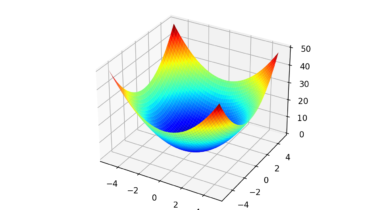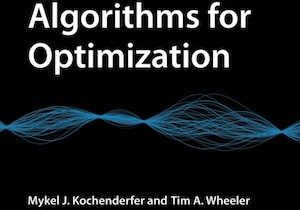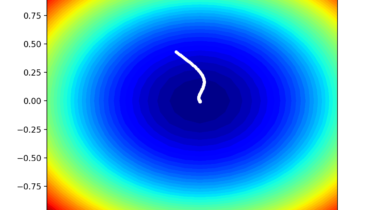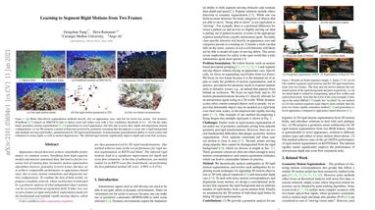Visualization for Function Optimization in Python
Function optimization involves finding the input that results in the optimal value from an objective function. Optimization algorithms navigate the search space of input variables in order to locate the optima, and both the shape of the objective function and behavior of the algorithm in the search space are opaque on real-world problems. As such, it is common to study optimization algorithms using simple low-dimensional functions that can be easily visualized directly. Additionally, the samples in the input space of […]
Read more





